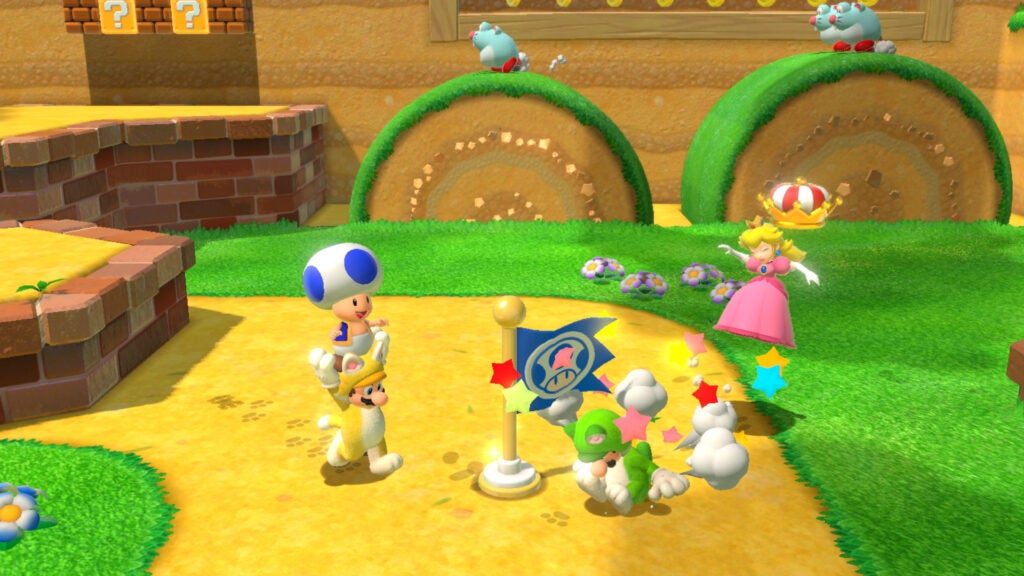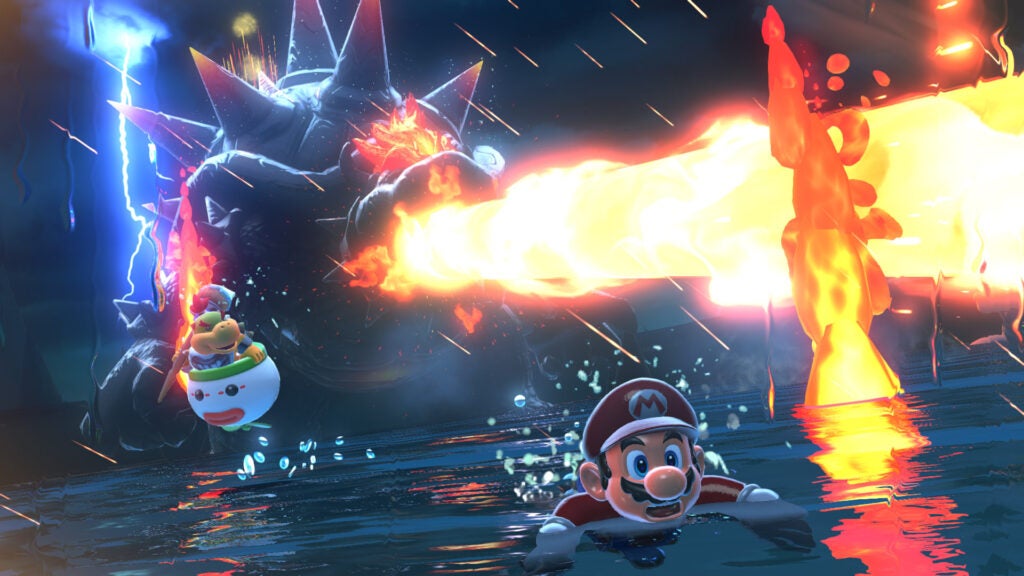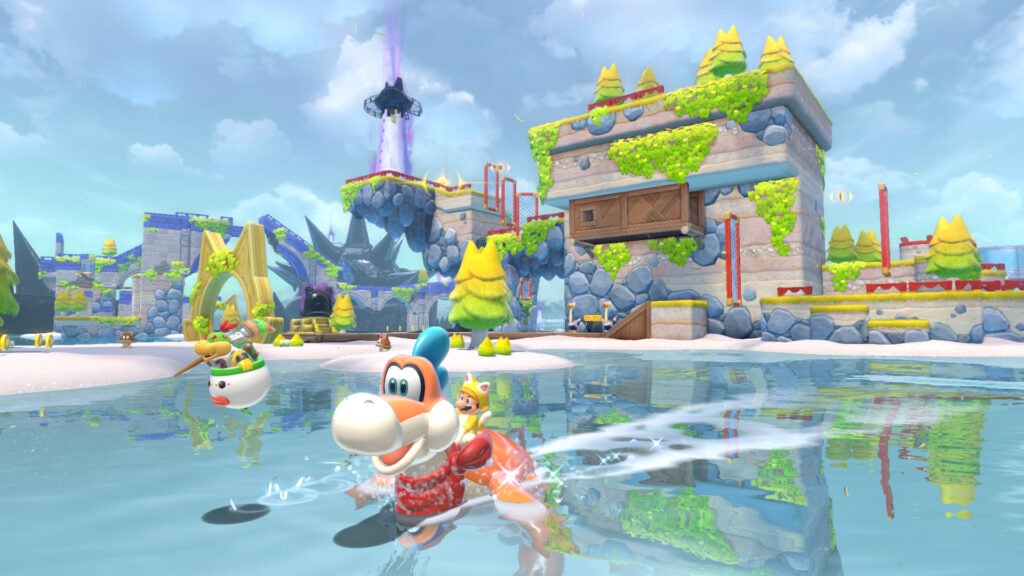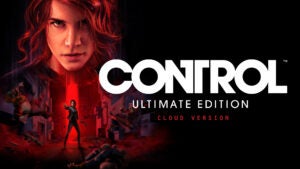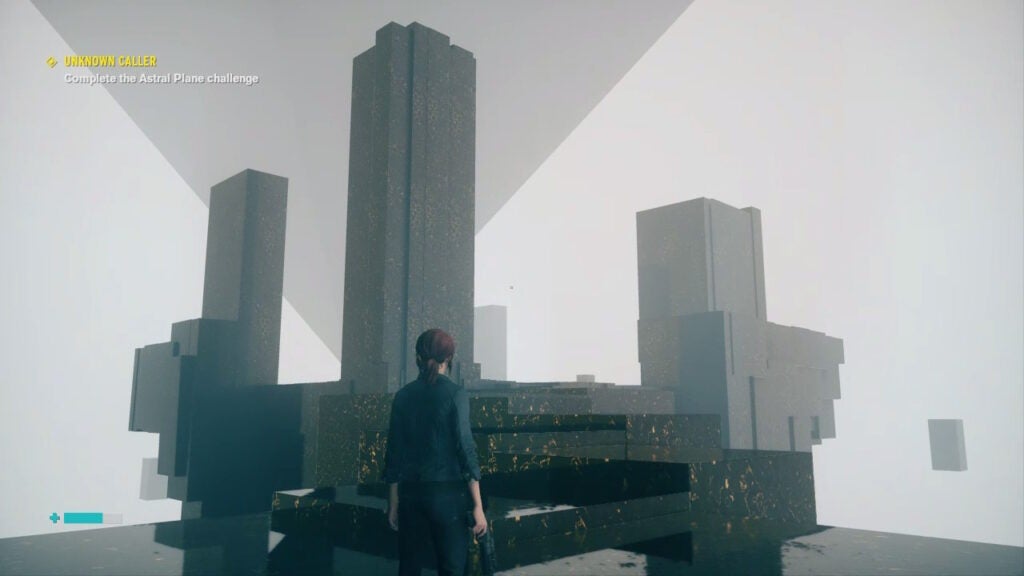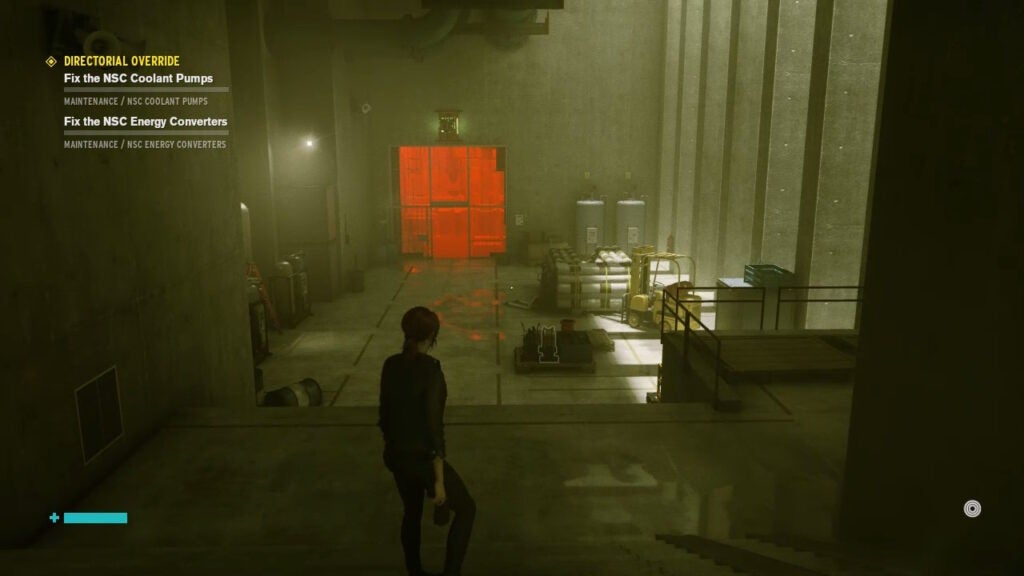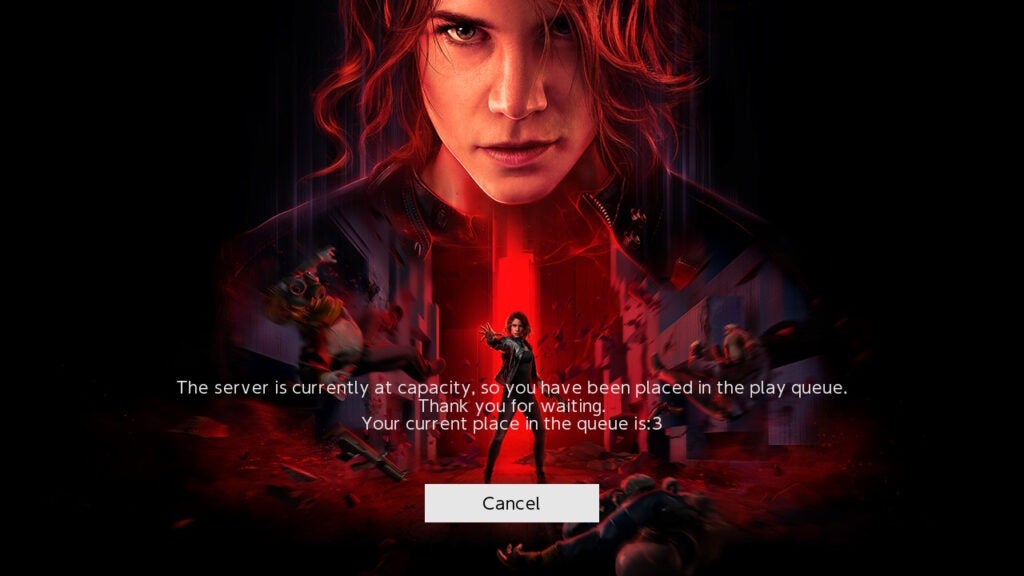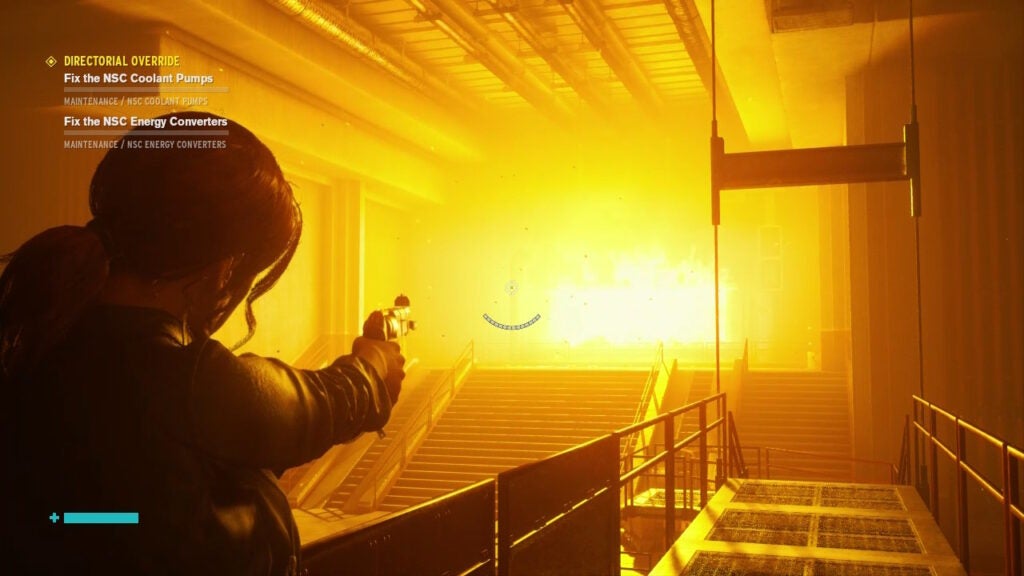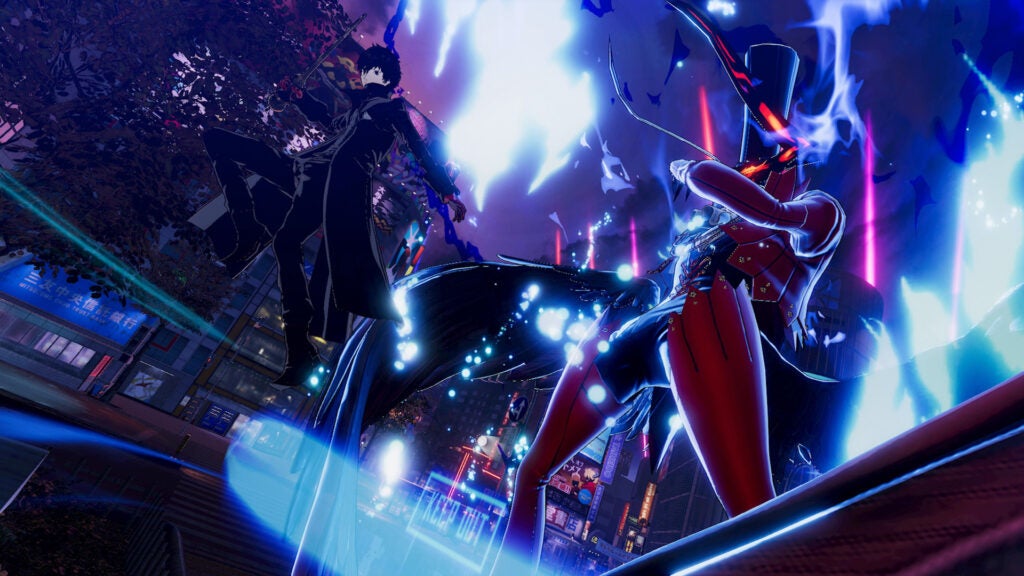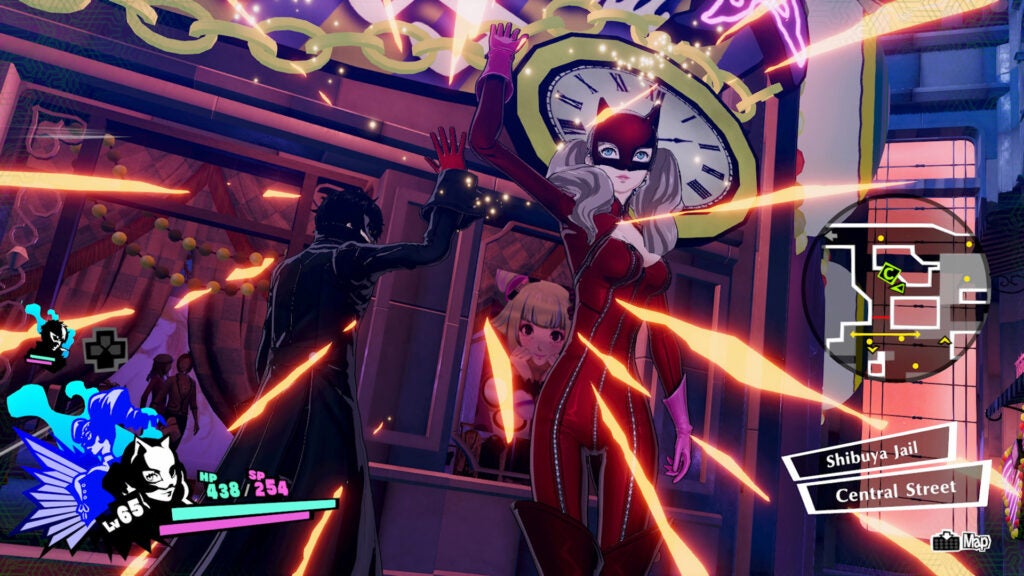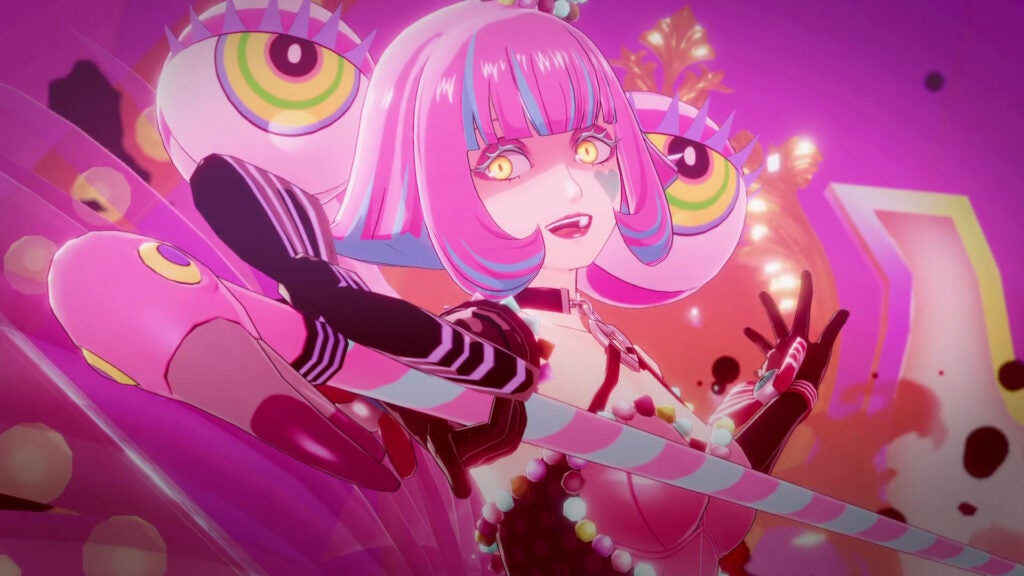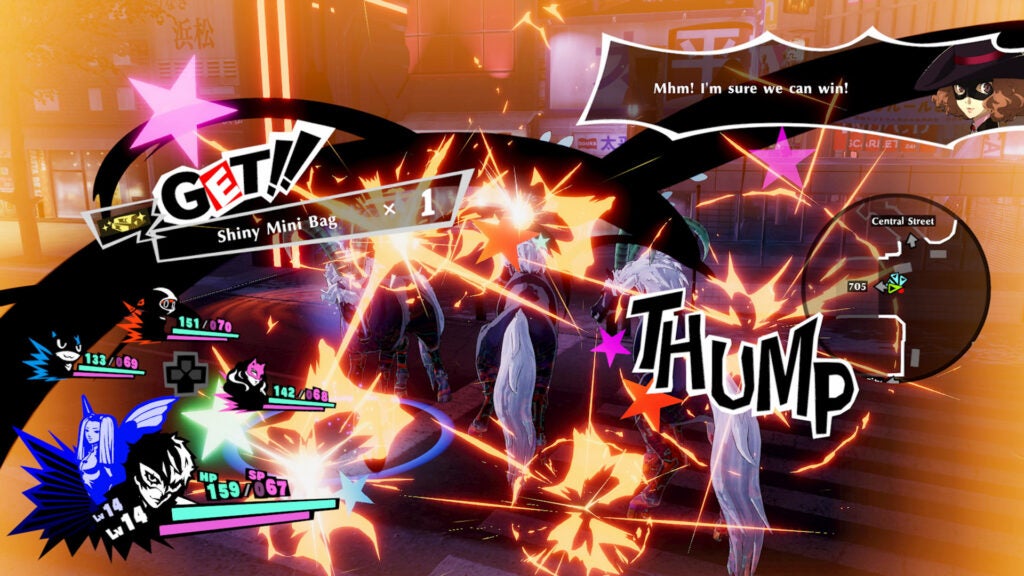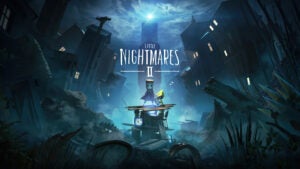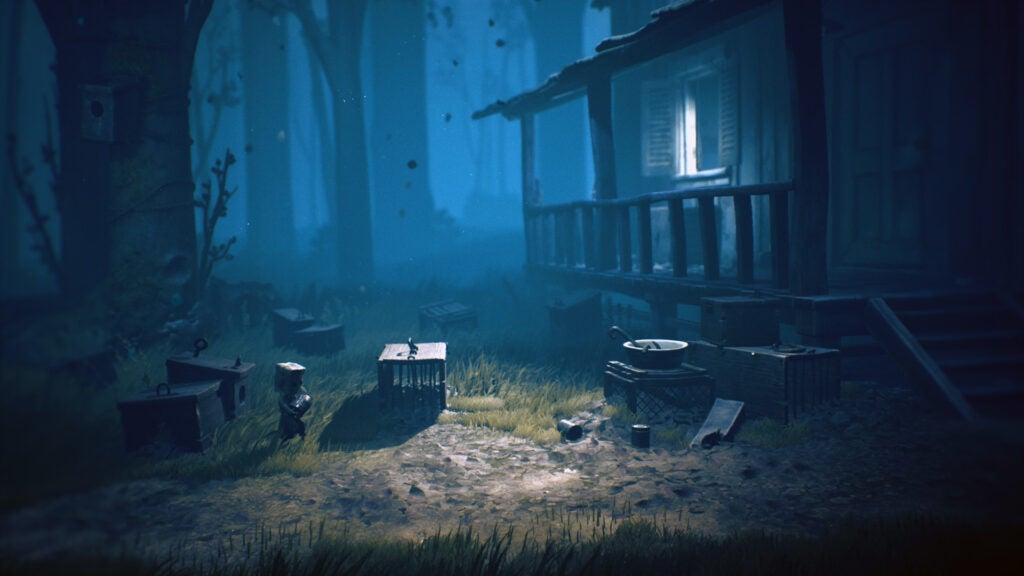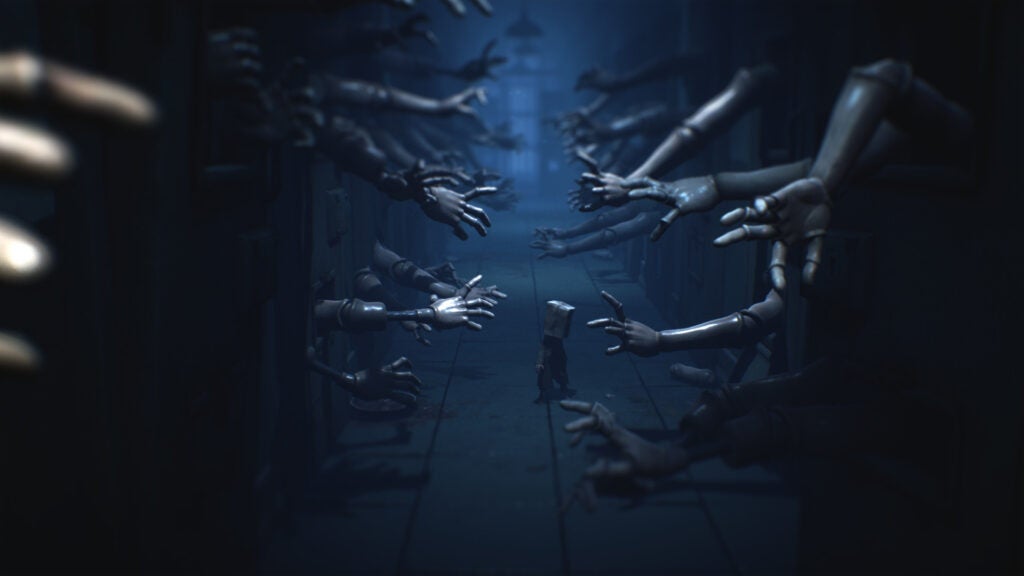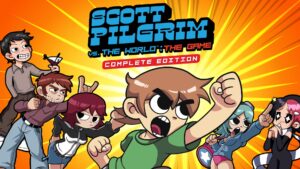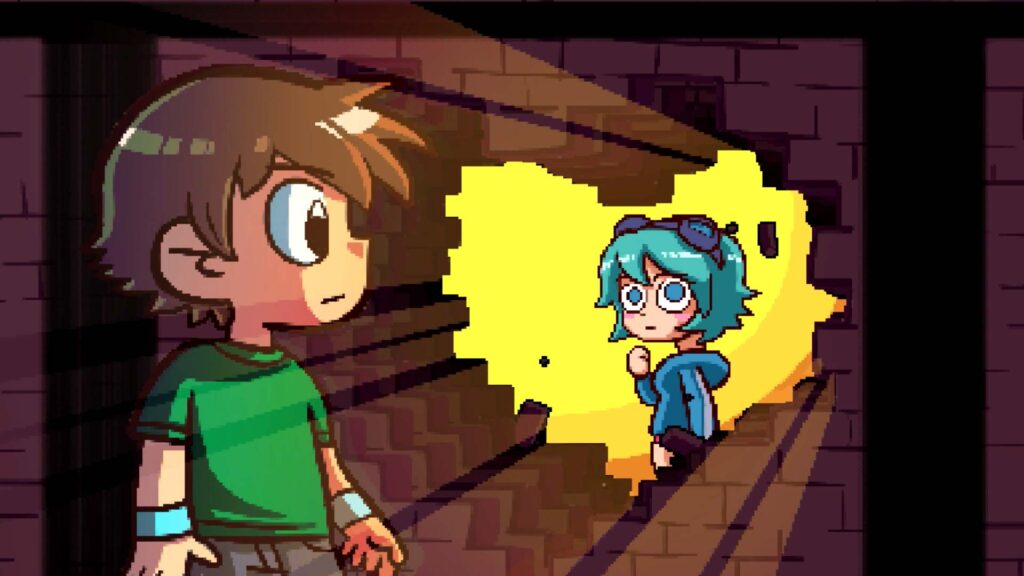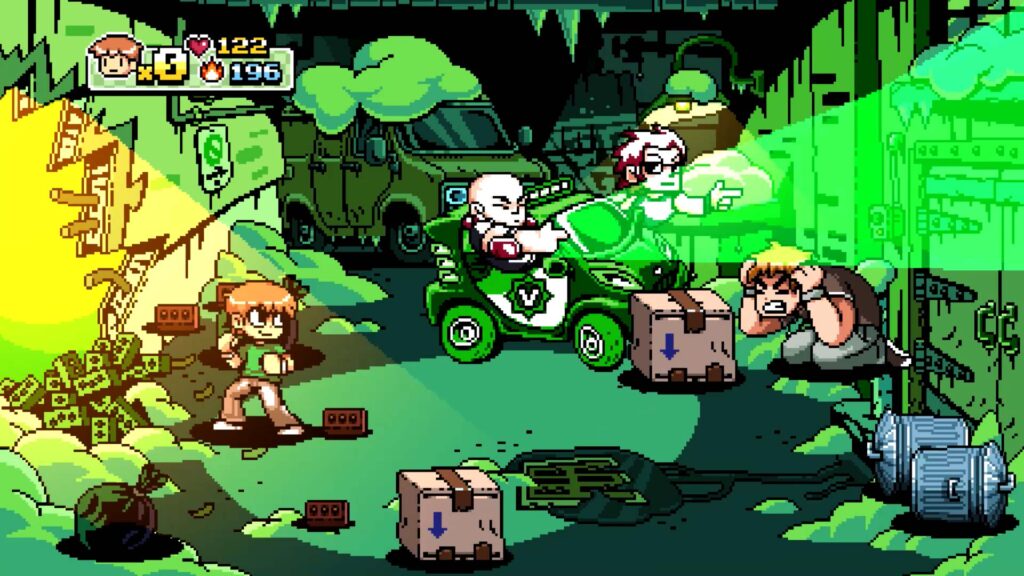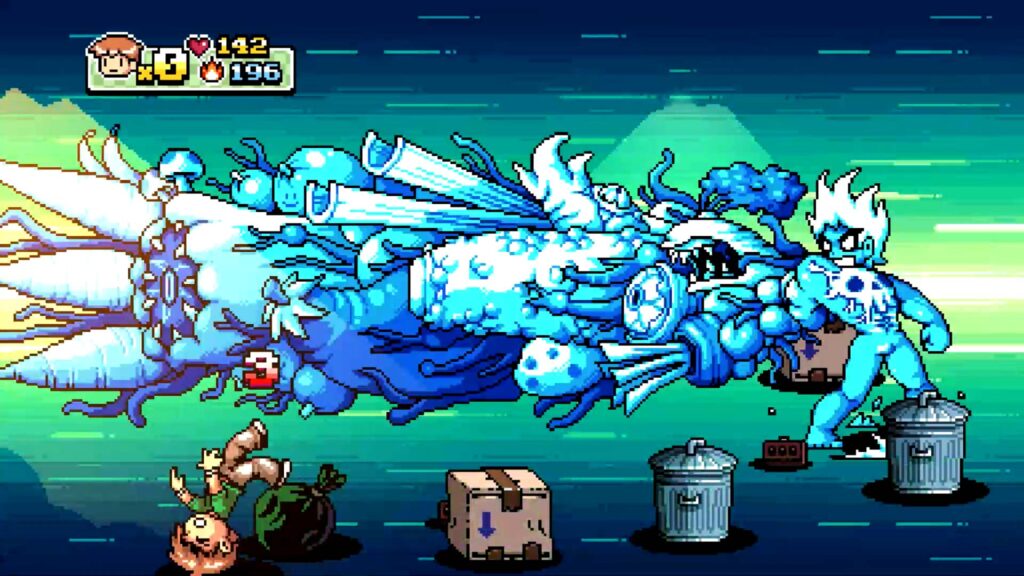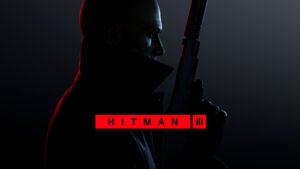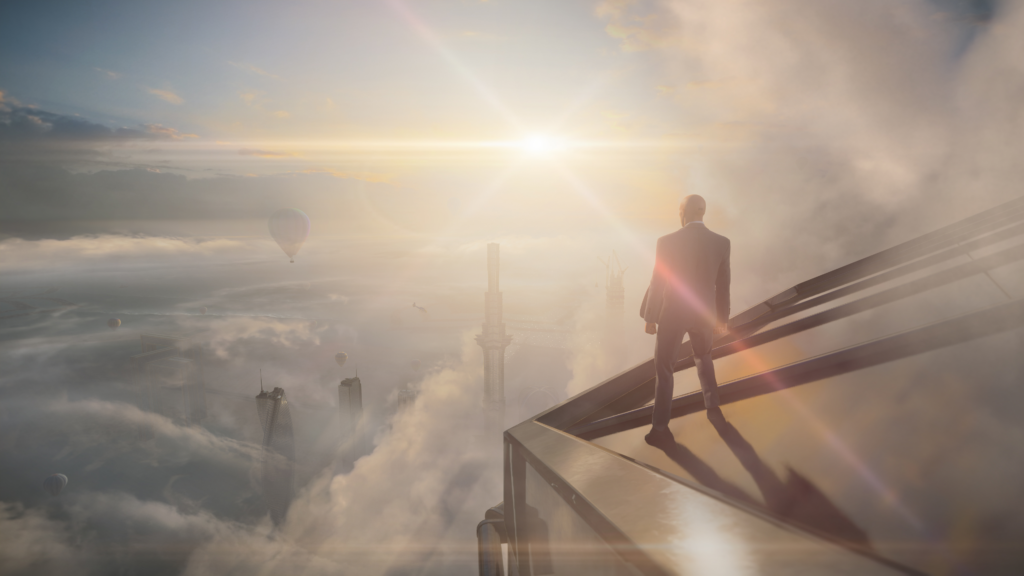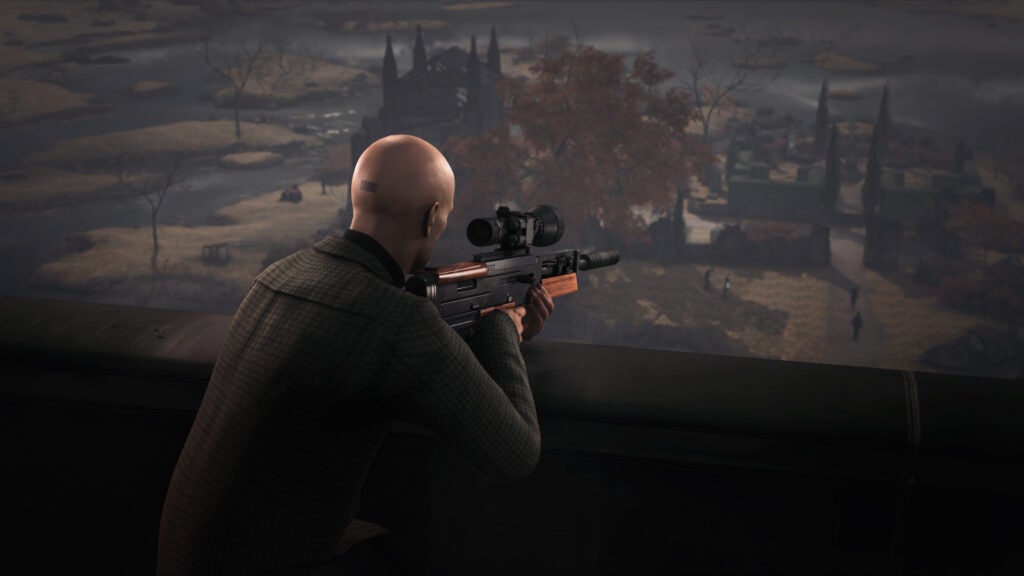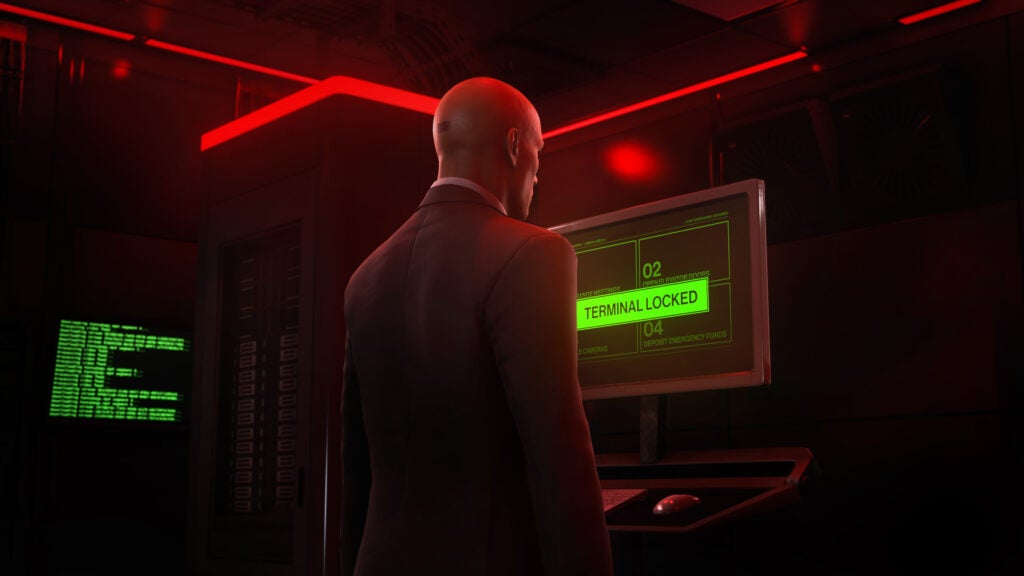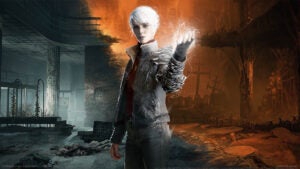
The Medium is a psychological horror game that takes clear inspiration from genre classics such as Silent Hill and Resident Evil, but often fails to solidify a meaningful identity of its own.
Bloober Team is a development studio that prides itself on creating bold, unorthodox horror experiences that make the player feel uneasy, and its back catalogue is concrete proof of such an achievement. It has explored classic franchises, original stories and a rich variety of settings with mixed results, but the company’s now tackling its biggest project yet with The Medium.
The Medium follows a young girl known as Marianne, as she finds herself summoned to an abandoned holiday resort in the Polish countryside, spurred onward by a mysterious phone call begging her to stop a deadly, unknown force. She’s the only one who can stop it, partly because Marianne has the ability to glimpse into the afterlife, communicating with lost souls to help them move on to the other side.
Related: Best PS5 Games
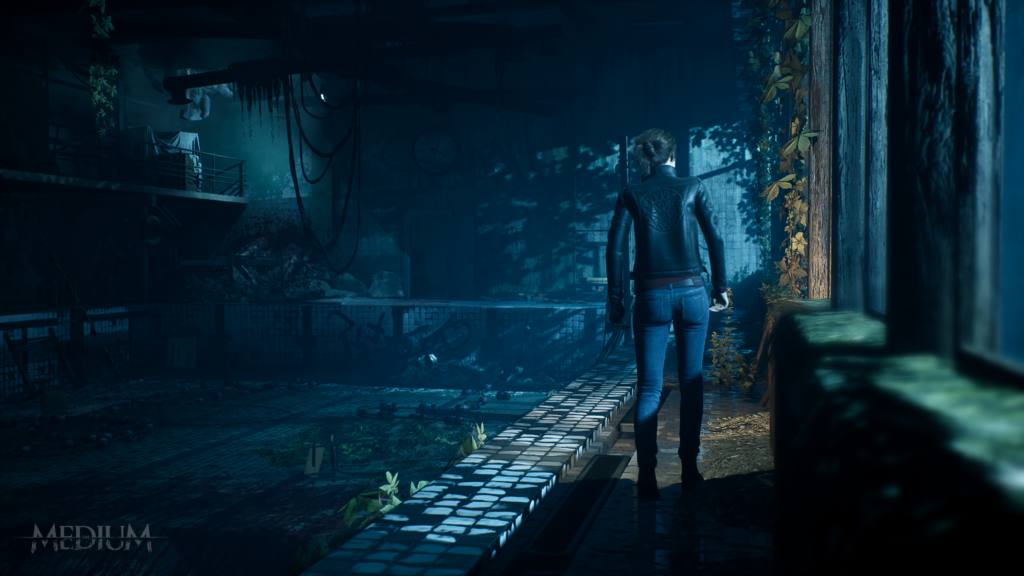
Bloober Team takes inspiration from survival horror classics with mixed results
- An ambitious survival horror that takes influence from classics such as Silent Hill and Resident Evil
- Players can explore two different planes of reality at the same time, leading to some fascinating puzzles
It’s a novel concept that immediately echoes Konami’s Silent Hill franchise with its dark colour palette. The other side is awash with rusted, clay-like environments that emphasise the rot that manifests from the absence of human touch. It’s immediately striking and yet it fails to shake itself up in a meaningful way past the opening moments.
Later sequences descend into the realm of eldritch horrors and imagery, which are meant to reflect the subconscious of certain characters but it rarely has the intended impact. The Medium seldom got under my skin, with many of its environments falling victim to a sense of routine that makes them easy to navigate. Mediocre creature designs and chase sequences serve to frustrate rather than unsettle, which is a shame.
The Medium’s marque gimmick is that of split realities. There are a number of moments where the screen is split in half, one side depicting reality, while the other delves into the spirit world. Both worlds are controlled simultaneously, but the objects, enemies and circumstances of each reality are completely different. It’s an innovative approach to horror, but rarely puts you into scenarios that feel truly terrifying.
Instead, you clumsily navigate functionally identical spaces with movement controls that hark back to classic survival horror in the worst possible ways. Marianne moves like you’re trying to shift a wardrobe down a tight set of stairs, bumping into corners and obstacles because the simple act of walking feels like an arduous task.
Related: Resident Evil 8
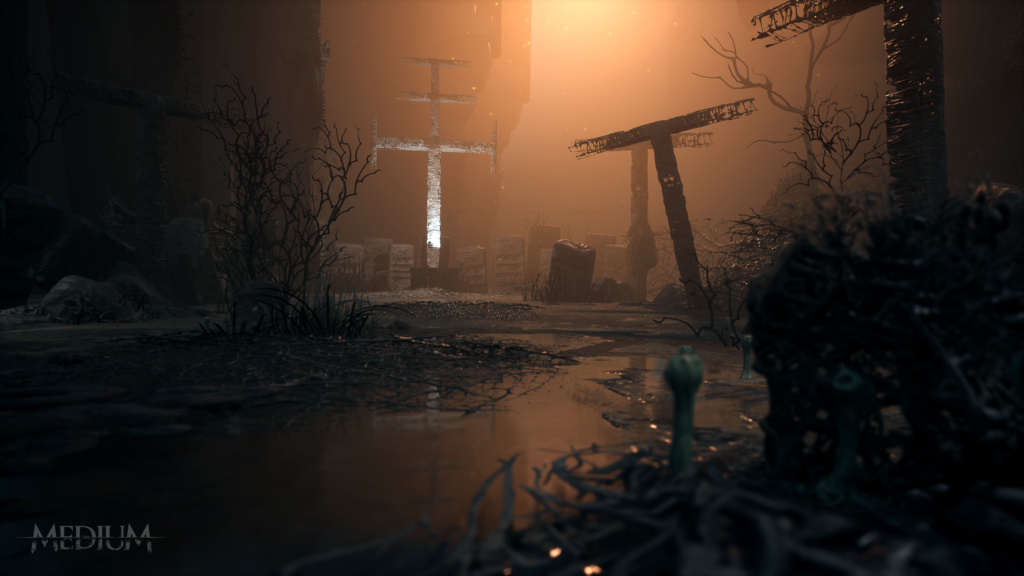
Such minor niggles hold The Medium back, which is unfortunate because the core premise is compelling. Marianne’s first steps into the abandoned resort are drenched in claustrophobic tension. She could walk away at any moment but the haunted mystery that oozes from this place spurs her onward.
The soviet-era architecture hints at a political ideology doomed to fall apart, with advertisements on the wall painting the picture of a communist world that’s never explored. Instead, The Medium opts for a personal tale surrounding Marianne’s past and a select few characters that aren’t expanded upon enough to feel meaningful. It’s muddled, leading to a conclusion that strives to be deep and philosophical but instead just feels unsatisfying.
It probably sounds like I’m being harsh, which isn’t the intention. As an interactive house of horrors, The Medium is perfectly functional, and even pushes the genre forward with its approach to horror design. But I’d argue it’s hurting itself by trying to imitate the likes of Silent Hill so deliberately, since it doesn’t have the creative vision to see such a homage through to the end. It reminds me of the Silent Hill film adaptations, which is no good thing.
Related: Halo Infinite
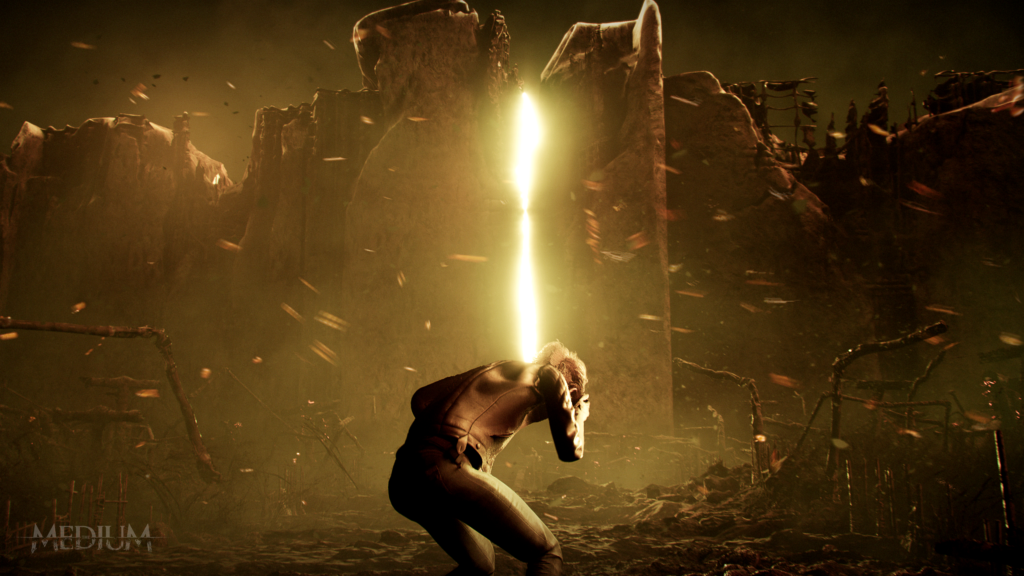
The multiple realities mechanic never reaches its full potential
- Frustrating chase sequences and mediocre monster designs seriously hinder the horror
- Narrative and characters sadly underwhelm and fail to capitalise on the setting
Marianne isn’t capable of fighting back against the horrors that pursue her. The only option is to run or escape the alternate reality that is home to such monstrosities. Sometimes this is impossible, leading to chase sequences and environmental puzzles that require the outsmarting of enemies that can murder you in a single strike.
Repetitious kill animations and unclear environmental cues can make moments such as this frustrating, as they don’t mesh with the stronger aspects of horror that The Medium has to offer. Silent Hill was so barbarously upsetting because it dared to contort imagery and themes we viewed as normal, showing how otherworldly horrors could so easily sink into our daily lives.
Bloober Team tries to imitate this approach, and achieves it in terms of atmosphere, but The Medium’s overall aesthetic is forgettable. Its strongest moments are when you’re free to explore huge locales that feel pulled straight from the troubled pages of history, filled with the artefacts of lives that were once lived to their fullest. This fades away as Marianne is pulled into another reality, replacing glimpses of suburbia with grotesque imagery that seldom has any meaning.
I find horror to be most effective when it preys on things we find familiar, perverting the comfort we find in friends, family and a place to call home. Delving too far into body horror and nonsensical monsters results in it coming across as comical, a flaw that is present in The Medium’s monster designs. Compared to its forebears, the creatures that stalk Marianne feel goofy and unthreatening, held back further by dialogue that attempts to be deep and subversive but simply isn’t.
Related: Breath of the Wild 2
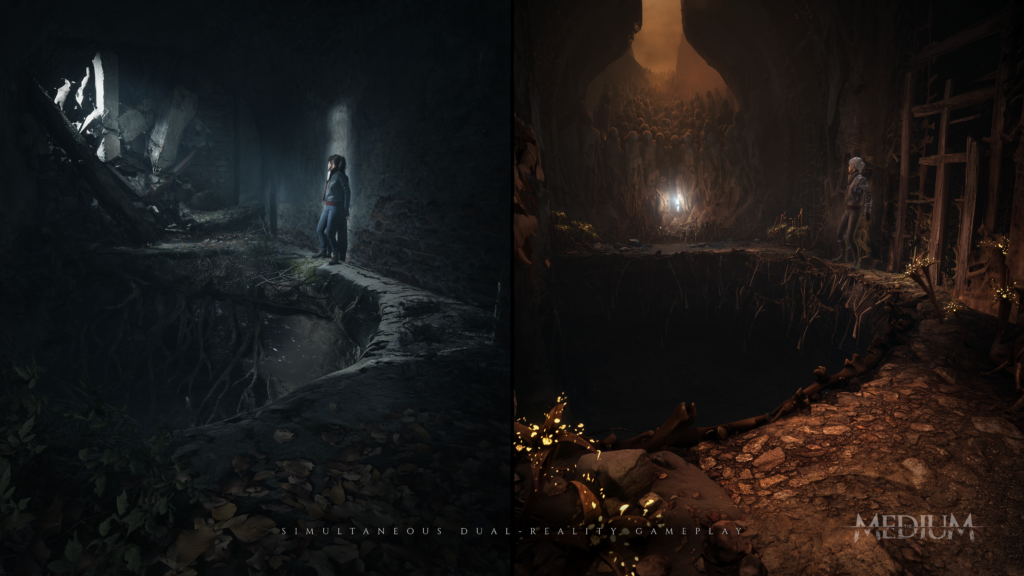
The Medium does dare to explore some controversial themes, with one character hinted to be involved in cannibalism or paedophilia, taboo subjects that games have never tried to explore with such conviction. To its credit, Bloober Team has achieved such commentary admirably, yet it often skates around the thematic elements instead of confronting them directly. People are messed up, and sometimes can’t be forgiven, and The Medium makes this perfectly clear.
I wanted the narrative to delve into the machinations behind this ruined soviet paradise, but instead it wants to explore the backstories of characters who aren’t interesting in the slightest. I didn’t care for their personal connection to this place, since it was pulling away from what made it so alluring. Not everything needs an answer or to be tied up with a neat little bow, and the best examples of horror acknowledge this.
Bloober Team has been burdened with some unforeseen expectations with The Medium. Acting as one of the first major exclusives for Xbox Series X/S, many players will expect it to be a visual showcase for the platform. To its credit, Bloober Team has produced a gorgeous survival horror experience here, with the split realities allowing the game to explore a selection of different tones, environments and ideas that shine on the new consoles.
Related: Hellblade 2
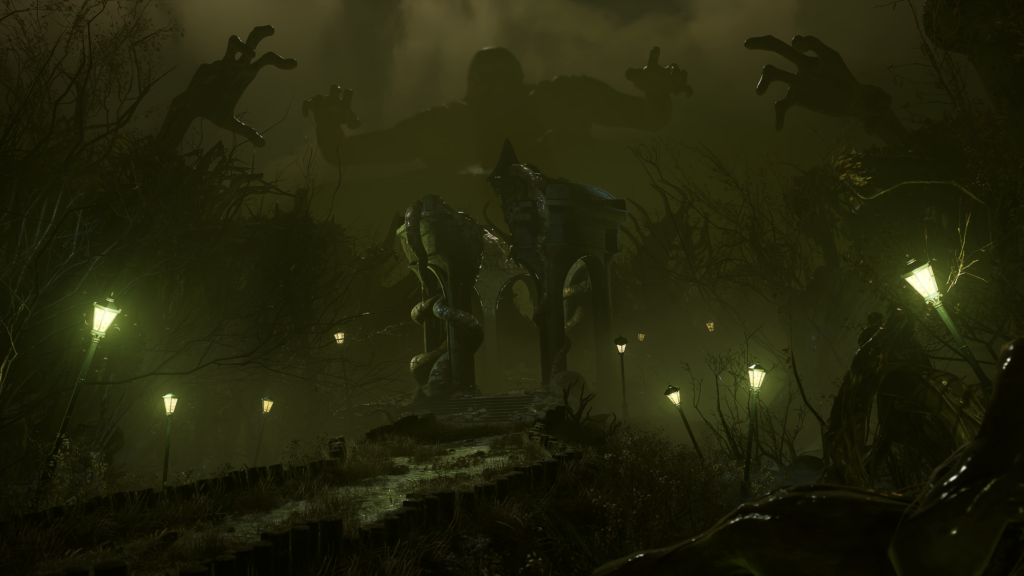
But it does suffer from performance issues, even on the flagship console, with the dual realities sometimes proving too much for the hardware. Bloober Team has had trouble with optimisation issues in the past, so I imagine this is the more likely culprit than the Xbox Series X failing to keep up. If you want a peerless visual showcase, simply jump onto a capable gaming PC.
The Medium Review – Verdict
The Medium is an enjoyable survival horror that’s held back by a lacklustre narrative and a signature mechanic that never reaches its full potential.
Even with Silent Hill composer Akira Yamaoka’s score ringing across its twisted soviet world, Bloober Team’s latest project pales in comparison to the legends that came before it.
It focuses so passionately on the visual aspect of such beloved titles that the game underbakes the psychological dough that makes such classics so beloved in the first place.
The post The Medium appeared first on Trusted Reviews.






